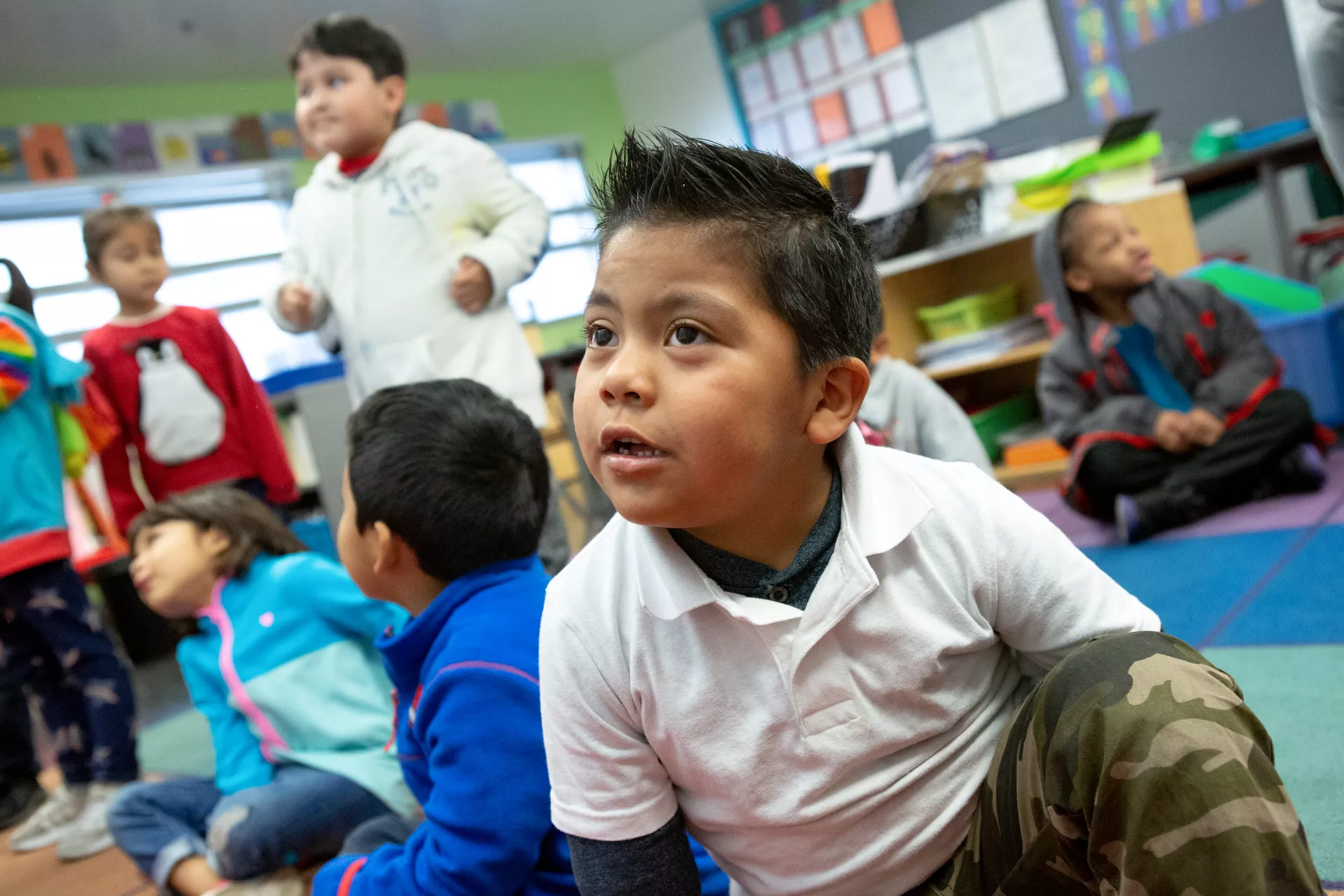Creating a Positive Classroom Environment
An effective teacher is a leader–someone who can motivate students and show them why it’s in their best interest to learn. The day-to-day reality, however, is that you’re also coping constantly with minor annoyances, squabbles and other disturbances. How do you create and maintain a positive learning environment?
Experts agree that prevention is the key. Try these tips from your colleagues:
- Create a supportive classroom. Be approachable. Let students get to know you by sharing something about yourself, your family and your pets. Notice and acknowledge students; let them know that you care about them, respect them and think they can succeed.
- Be aware. Good teachers know what’s going on in the classroom at all times, so they can anticipate trouble and head it off–a quality sometimes referred to as “eyes in the back of your head.” Arrange your classroom to make this possible.
- Structure the time in your class. Students need a predictable schedule to feel safe. Start each class with an attention-grabber such as a word of the day, trivia question or math problem–whatever enhances your curriculum.
- Try to minimize students’ frustration levels. The most important behavior intervention may be an academic one. Arrange lessons so that students can succeed. Allow them to choose ways to satisfy the requirements of your class. You may eliminate many frustrations that lead to disruptive behavior.
- Teach study skills along with subject matter. Many students do not know how to study, develop an outline, or use multimedia resources, and their frustration can boil over into behavior problems. For example, you might review graph-reading techniques and charting procedures in math, or technology applications that can help them succeed in other subjects.
- Give students specific ways to ask you for help. Some students aren’t comfortable asking you in front of the entire class. Others don’t know any alternatives to yelling or interrupting. Arrange for students to give you a signal when they need help, such as putting a book on the corner of their desk. Make yourself available after class or school.
- Be the one in charge. Students want you to be the adult, not the buddy. They don’t want you to tolerate disruptive behavior. Let each student know it is his or her responsibility to control his or her behavior.
- Know your stuff. The better you know your subject and pedagogy, the better your students will respond to your teaching. If you don’t know the answer to a question, say so and try to find the answer.
- Dress for success. Avoid sloppy clothes or anything provocative, tight or skimpy. If you present a professional appearance, you’ll get more respect from students, parents, administrators and colleagues.
Resources for New Teachers
NEA Micro-credentials
A micro-credential is a short, competency-based recognition. NEA offers over 175 micro-credentials that have been created by educators for educators.
National Board Standards
What accomplished teachers should know and be able to do to have a positive impact on student learning.
Professional Learning Board
Sharing research-based, relevant, effective, respectful, cost-effective and timely professional development.
The First Days of School: How to Be an Effective Teacher
Harry K. Wong and Rosemary T. Wong, Harry K. Wong Publications, 2009
Classroom Management
A collection of articles from the National Education Association.
Better Lessons
Innovative lessons from effective teachers.
PBS TeacherLine
Pre-K-12
PBS Teachers
Classroom resources for K-12
Tools and Ideas
Resources from the National Education Association
Share My Lesson
K12. Resources and the largest online community of educators in the world.
Teacher Tube
Share classroom ideas, videos, docs, audio and photos.
The Teaching Channel
Lesson plans, tips, strategies and teacher videos.
Teach Net
Lessons plans, how-to articles, information about grants, and videos.
Downloads
Join Us

